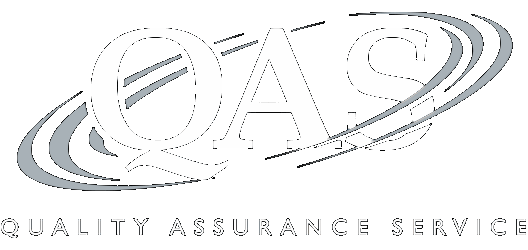Built-in-Gains Provisions in C-to-S Corp Conversions: Avoiding Double Taxation Through BIG Planning
Pre-Conversion Valuations and Calculations, Identifying Losses to Offset BIG, Using C Corp Attributes to Minimize Tax
Note: CLE credit is not offered on this program
Recording of a 110-minute CPE webinar with Q&A
This course will provide tax advisers with a comprehensive guide to the pre-conversion planning opportunities available to minimize or avoid built-in gains (BIG) tax in converting existing C corporations to S corps. The panel will discuss the identification and valuation of assets subject to BIG tax and discuss strategies to offset BIG through planning steps before the S corp conversion.
Outline
- Identifying assets subject to BIG tax in the conversion planning process
- Valuation requirements and options
- Projecting BIG tax impact post-conversion
- Transactions during the recognition period
- Using C corp attributes to offset BIG tax
- Pre-conversion strategies for minimizing BIG tax
Benefits
The panel will discuss these and other important questions:
- How to identify assets subject to BIG tax
- Appraisal and valuation requirements and adjustments for all assets, whether on the balance sheet or not
- How to estimate BIG tax liability
- What strategies are available to utilize C corporation attributes to offset BIG tax?
- What strategies can advisers employ to minimize the BIG tax impact on assets pre-conversion?
- Handling LIFO inventory matters on the conversion
Faculty

John P. Barrie
Partner
McLaughlin & Stern
Mr. Barrie graduated from UCLA with a BA in Political Science, from University of California – Hastings College... | Read More
Mr. Barrie graduated from UCLA with a BA in Political Science, from University of California – Hastings College of Law, with a JD, and New York University, with a Master of Laws in Taxation. He is admitted to practice in New York, California, District of Columbia and Missouri. After serving as an Attorney-Advisor to Judge Leo H. Irwin, United States Tax Court and engaging as a partner in an international law firm for over 25 years, he joined McLaughlin & Stern as a partner and chair of the Tax Practice Group, in 2022. His practice involves all phases of both a federal and SALT tax controversy tax practice as well as an extensive domestic and cross-border tax transactional practice.
Close
Marcus E. Dyer, CPA, JD
Principal, Team Leader of Tax Controversy
Withum Smith+Brown
Mr. Dyer manages and reviews all aspects of federal and state tax compliance for C-corporation, S corporation and... | Read More
Mr. Dyer manages and reviews all aspects of federal and state tax compliance for C-corporation, S corporation and partnership returns, including consolidated C-corporation returns. He advises businesses on a wide array of tax matters including but not limited to reorganizations and employee benefits. He manages and reviews all aspects of the preparation of high net worth individual returns and conducts tax research on federal and state tax issues. He also handles tax controversies, including at the examination, appeals and collections stages.
Close
